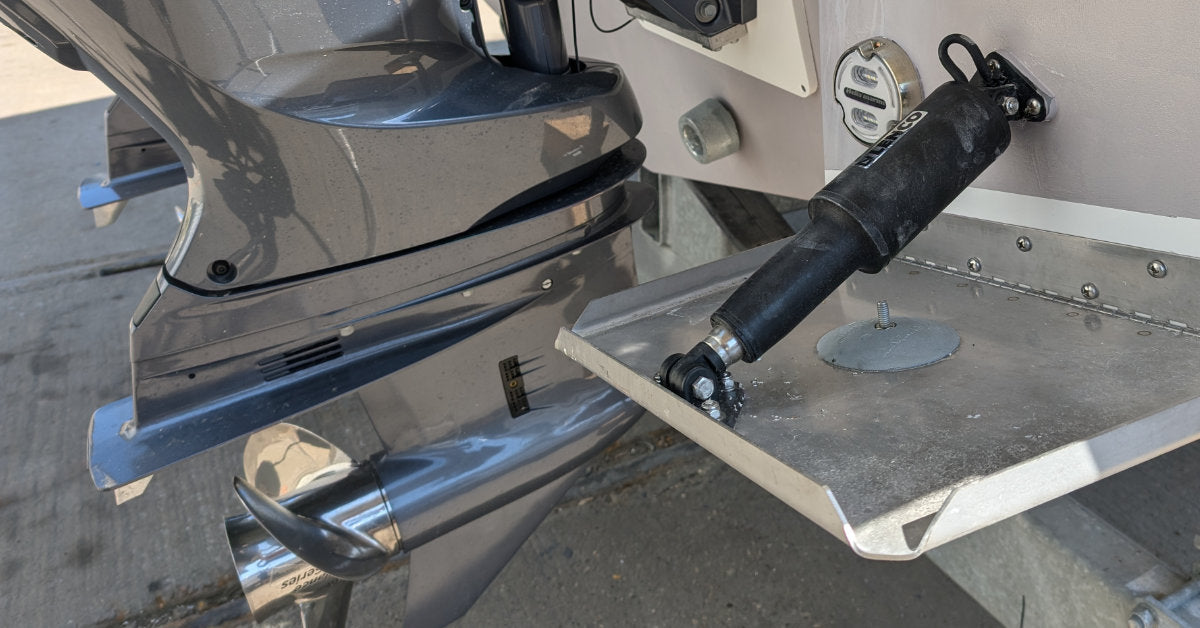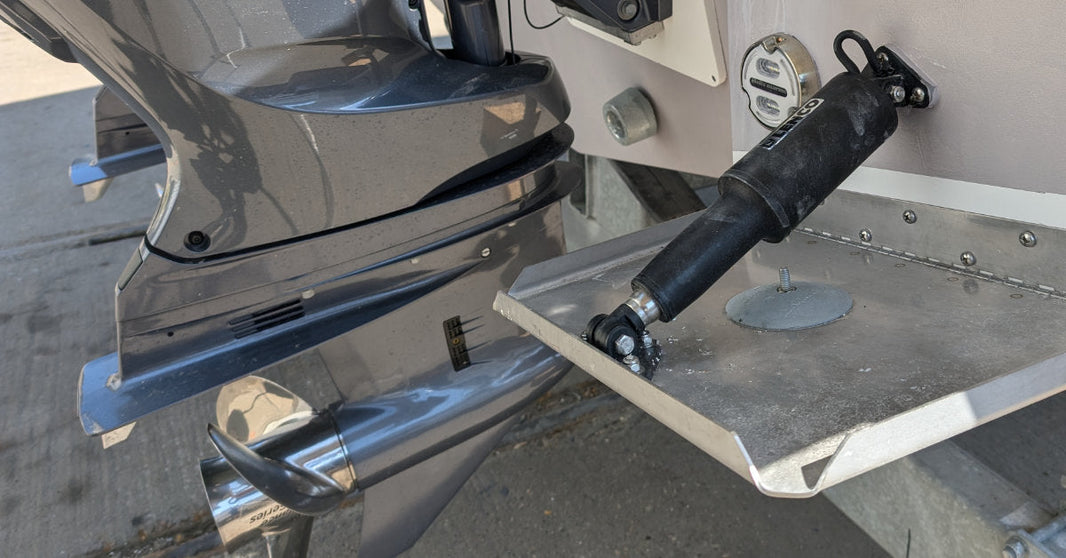Boat maintenance isn’t just about keeping your vessel clean and the engine running smoothly - it’s also about protecting vital underwater parts from hidden damage. One of the smallest yet most essential components in this process is the sacrificial anode. These small metal pieces could save you from costly repairs and premature failures by taking the hit in a battle you often can't see: galvanic corrosion.
In this guide, we’ll explain what boat anodes do, when they should be replaced, the different types available, and how to make sure your boat stays protected - with a quick link to get the right anodes from our online chandlery.
What Are Boat Anodes?
Anodes are chunks of metal (typically zinc, aluminium, or magnesium) that are bolted onto key underwater metal parts of your boat, such as the propeller shaft, rudder, trim tabs, outboard leg, and hull fittings. Their purpose? To protect those parts from galvanic corrosion.
When dissimilar metals (such as stainless steel and bronze) are submerged in water, especially saltwater, they form a weak electrical circuit. This causes the less noble metal to corrode over time. That is, unless there’s a more reactive metal nearby. That’s where anodes come in.
They act as a "sacrificial" metal, meaning they corrode instead of your expensive parts. As long as your anodes are intact, they take the damage and your boat stays safe. Once they’ve worn away too much, though, it’s your hardware that starts to corrode...fast.
When Should You Replace Anodes?
Like brake pads on a car, anodes don’t last forever. They need to be checked regularly and replaced when they’re too corroded to do their job. But what does “too corroded” look like?
Signs it’s time to replace anodes:
-
The anode has lost 50% or more of its original size.
-
It looks deeply pitted, flaky, or crusty.
-
It has become loose or detached.
-
Corrosion appears on parts it’s meant to protect.
How often?
-
Annually is a good rule of thumb, particularly during your winter lay-up or routine haul-out.
-
If your boat lives in saltwater, check every 6 months.
-
Freshwater boats can go longer, but magnesium anodes wear faster.
-
Check them after long trips or any noticeable corrosion.
It’s cheap, quick, and can save hundreds, if not thousands, of pounds in repairs.

Zinc, Aluminium, or Magnesium: Which Anode Should You Use?
Not all anodes are created equal. The type you need depends on where you keep and use your boat:
⚡ Zinc Anodes
-
Best for: Saltwater only
-
Pros: Traditional choice, widely available
-
Cons: Less effective in brackish or freshwater
⚡ Aluminium Anodes
-
Best for: Salt, brackish, and even some freshwater
-
Pros: Longer-lasting than zinc, environmentally safer, suitable for mixed environments
-
Cons: Slightly more expensive but cost-effective over time
⚡ Magnesium Anodes
-
Best for: Freshwater only
-
Pros: Very reactive, best protection in freshwater
-
Cons: Wears out fast in saltwater (not suitable)
Using the wrong type of anode can reduce protection and even cause galvanic issues. If you move your boat between different water types, aluminium is usually the best all-rounder.
Where Should Anodes Be Fitted?
Here are common places you’ll find sacrificial anodes:
-
Outboards and sterndrives (on the leg, prop nut, cavitation plate)
-
Propeller shafts and rudders
-
Trim tabs
-
Keel coolers or hull-mounted fittings
-
Bow thrusters
-
Water heater tanks (internal anodes)
Each area may require a specific shape or mounting type. At Morgan Marine Chandlery, we stock a full range of anodes designed to suit major outboard brands, hull setups, and stern gear.
Can You Change Boat Anodes Yourself?
Yes, as long as you’re confident doing simple maintenance jobs, replacing anodes is well within reach. Here’s a quick overview:
What You Need:
-
Spanner or socket set
-
Scraper or wire brush (to clean the metal contact area)
-
Replacement anodes (check fit and metal type)
Step-by-Step:
-
Locate and inspect the current anodes.
-
Unscrew or unbolt the old anode.
-
Clean the metal surface underneath.
-
Install the new anode tightly.
Make sure you don’t paint over anodes as that stops them from working. Also avoid mixing metals (e.g. zinc and aluminium) in the same system.
If you're unsure, ask us or have it done during your next boat service.
Bonus Tips for Anode Maintenance
-
Keep a maintenance log: Note installation dates and condition.
-
Don't reuse old anodes: They lose their effectiveness once corroded.
-
Avoid antifoul or paint on anodes: It insulates them.
-
Check bonding systems: Anodes only work if electrically connected.
-
Don’t mix types: Stick to one anode metal per system to prevent uneven wear.
Shop Marine Anodes Online or In-Store
At Morgan Marine Chandlery, we stock a wide range of anodes to suit outboards, inboards, hulls, and stern gear. Whether you're in Brightlingsea or anywhere in the UK, our online store makes it easy to find exactly what you need.
-
Fast UK delivery
-
Trusted marine brands
-
Expert advice available
Protect your boat the smart way. Browse our anodes range now or visit us in-store at our Essex chandlery.
Final Thoughts
By corroding themselves, anodes keep your underwater gear safe from damage and your maintenance bills under control. Knowing when and how to change them is simple, and sourcing the right ones is even easier with Morgan Marine Chandlery.
Stay ahead of corrosion. Stay afloat, protected, and problem-free.
If you’ve got questions about which anode is right for your setup, don’t hesitate to get in touch with our team. We’re always happy to help.






